By Piyush Banerjee
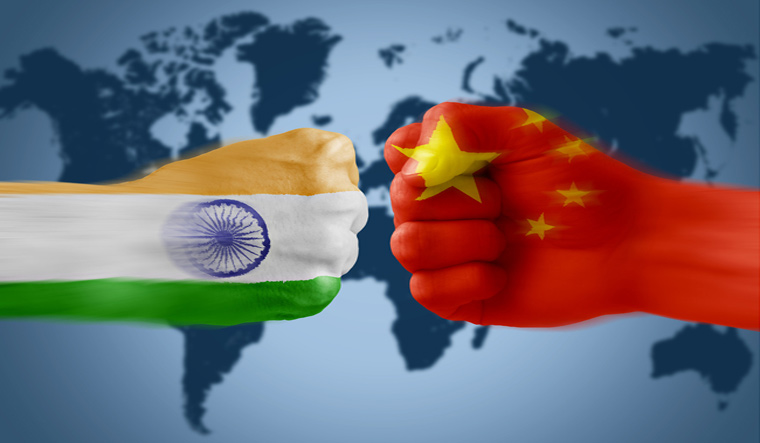
It seems Prime Minister Modi’s government is destined to face one watershed moment after the other, vis-à-vis our neighbourhood. Last night, after a period of 45 years, Ladakh saw a bloody skirmish that has left 20 Indian soldiers dead and almost a 100 injured. Many are in critical condition who might add to the number of fatalities. News reports, especially from India Today, make it look more like an ambush than a skirmish. It says that after an Indian Army unit forced a Chinese unit to remove its tents from PP14, Galwan Valley, a large number of Chinese patrols emerged with clubs, batons and bats with barbed wire wrapped around them. A brutal mêlée went on for hours in which soldiers from both sides died. Many even fell off into the chilling waters of the Galwan river.
An earlier watershed moment that this government faced was the Pulwama terrorist attack. A Vehicle Borne Improvised Explosive Device (VBIED) crashed into a CRPF convoy, killing 45 CRPF troopers. The government raised the escalation matrix considerably, launching an aerial surgical strike, 60 km deep inside enemy territory. But it was nothing compared to what the government is faced with now. This is because of two reasons: a) Pakistan utilised sub conventional tactics and got a conventional response, but only on non military targets, and b) Pakistani response the next day was limited by the fact that they could not afford to escalate by attacking Indian military targets as India hadn’t done the same. So they had to contend with dropping laser guided bombs in the forests of Jammu. No such luck in this case, as the perpetrators are not non-state actors but Chinese PLA troops. To avenge the deaths of our men would require attacking PLA targets.
Misreading the Chinese modus operandi
Many in the mainstream and social media are trying to take solace in the fact that there have been significant Chinese casualties as well. Unfortunately, this is equivalent to an ostrich burying its head in the sand.
The People’s Republic of China (PRC) is a one party totalitarian state. There is not a single free media company in the entire country. It has a centrally controlled education system that compulsorily indoctrinates students in Maoist ideology up to our equivalent of standard ninth. In this way, party becomes the country. Authority gets preference over individuality. The individual, in Hegelian terms, “completes oneself” by surrendering himself to the state. The PRC is not accountable to its people at all. It does not owe them any explanation as to why some soldiers did not return home. The soldiers are a means to an end, a tool that will be disposed off sooner or later. Hence, to think that a kill ratio that is in our favour would bother the PRC and make them back off is simply a delusion we cannot afford to have.
Judging from the buildup of Chinese troops in Galwan, Pangong Tso and Bogra/Hot Springs, it’s safe to say that the Chinese have come prepared for a limited border war. One thing we should remember about the Chinese, is that they never act at a tactical level, always strategic. Centrally planned, locally executed has always been their modus operandi. Their local level commanders have considerable leeway to act in the best interests of their country (or party). This current buildup appears to be an attempt to redefine the Line of Actual Control by force. The fact that both Indian and Chinese establishments agree on the “varying perception of the LAC” has helped the Chinese in this regard.
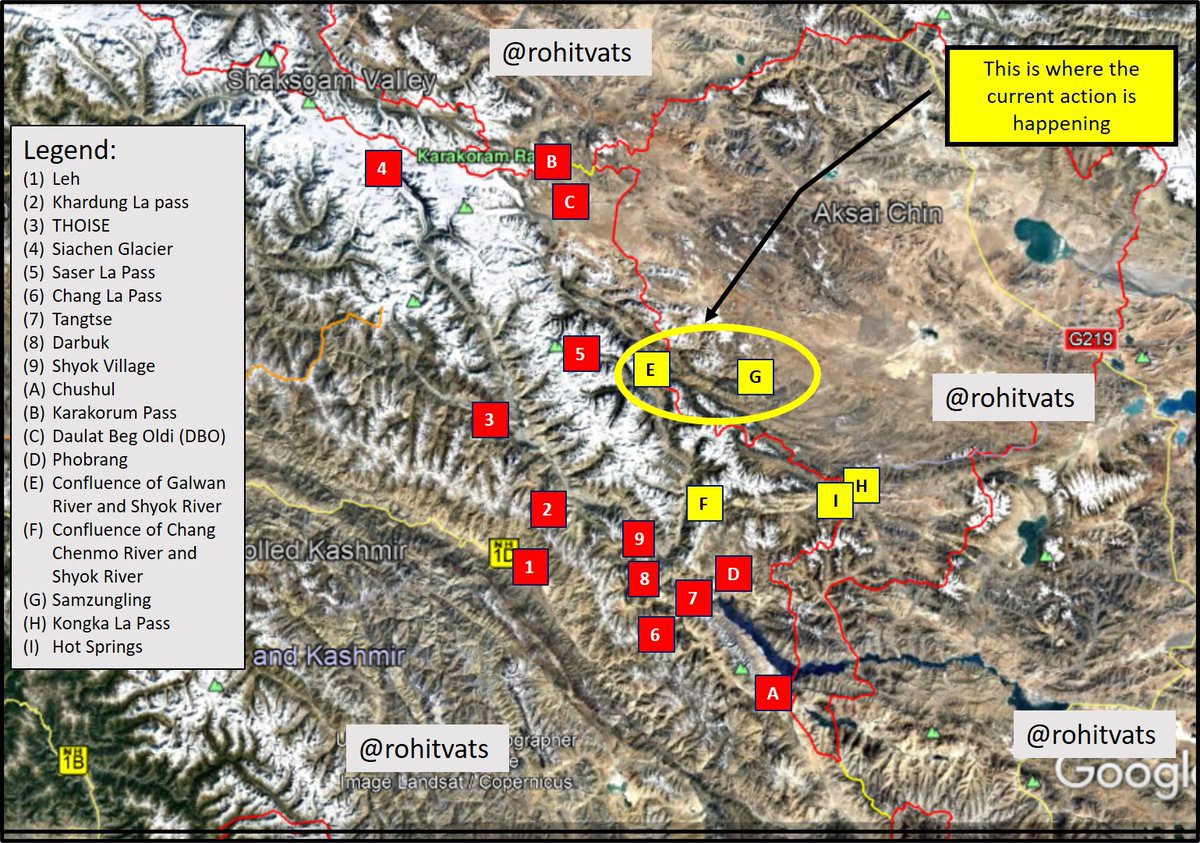
Indian army on the other hand, has done what is being called in the press “mirror deployment”. This refers to tit for tat deployment of troops and heavy weaponry and standing eyeball to eyeball until the other side blinks and backs off. Unfortunately, this hasn’t happened because both the government and the top army brass has misread the situation. They believed this current standoff is perhaps similar to the Chinese build up in Chumar, Depsong or Doklam in which the army was able to stare the PLA down. Had the army understood the actual Chinese intentions this time, it would have gone aggressive, taking a cue out of General Sunderji’s playbook.
In 1986, the Chinese had done a similar buildup in Arunachal Pradesh in the Sumdorong Chu Valley. They had constructed a helipad as well as 40 permanent structures which included posts and bunkers. General Sunderji launched Operation Chequerboard in which Indian Army, in coordination with the Indian Airforce, occupied the area between Namka Chu and Thag La. Most importantly, the army quickly seized the heights over looking Sumdorong Chu valley through a hastily dispatched mountaineering team under Operation Falcon. The highest point controlled is today called Ashis Top, named after Colonel Ashis Das of Assam Regiment who captured it. Faced with a prepared enemy at a higher altitude, the Chinese ultimately backed out after a flag meet.
Since violence has already broken out, the Indian army must not stick by the rules of the bygone years anymore. Army should immediately dispatch armed units to occupy the heights overlooking the Galwan Valley and establish posts armed with Stinger shoulder held surface to air missiles. The supply lines of the Chinese in Galwan are dependent largely on helicopters and those helicopters must face the heat. This way, the Indian army gets to keep the conflict localised and keep it from spilling over to an all out border war, where the newly reformed Chinese military, with better interoperability with the PLAAF will have a significant advantage.
Subversion: A long term strategy
One of the greatest advantages of a totalitarian state is that you are not answerable to an electorate. The only thing a totalitarian state fears is an armed rebellion and a mass uprising against its rule which is entirely a possibility as there is no democratic “safety valve” with which people can express their dismay.
The Chinese knew right from the start, that they are going to be vulnerable to separatism as it has forcibly Sinicised several ethnic groups such as Tibetans, Uyghurs, Mongols and so on. There have been armed insurgencies in the Xinjiang province by the Uyghurs which has been suppressed brutally. Almost a million have been pushed into concentration camps where they have undergone ‘behavioural modification’, which is a politically correct way of describing torture.
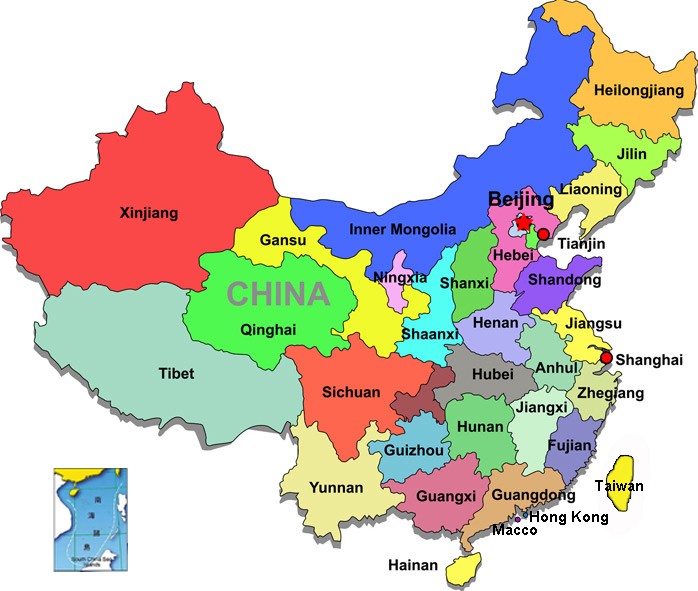
There is perhaps an opportunity here to fund large scale subversive activities within China. PRC has been clever in this regard, banning almost all Western social media applications that could be used by its enemies to incite rebellions. This means that we have to go old school, World War era propaganda tactics: leaflets, radios and of course, on ground agents. India can revive Special Frontier Force, the premier special operations group consisting of exiled Tibetans, to carry out strategic behind enemy lines operations. Their task must be, to paraphrase Churchill, “Set Tibet on Fire”. They can raise insurgent groups behind enemy lines, or instigate mass movements that would force the Chinese military to be occupied with law and order, thereby taking their attention away from the Indian frontier. Our long term goal however, must be to ensure the creation of a sovereign Tibetan nation state.
Economic Response
An imperialist and totalitarian state, in order to maintain its sovereignty, needs a well oiled military that can put down rebellions and pursue its imperialistic ambitions. In the age of monarchy, Kings would ally themselves with merchant classes and money lenders (who the Church would label ‘usurers’) which would allow him to raise a professional standing army that would fight for empire building. More the land controlled, greater would be the revenue.
Time has passed and economies have changed. Not land but finance capital decides the strength of an economy. This of course, refers to the banking system of a country. An economy is basically the productivity of the people living within a territory. To make them productive requires incentive. In the age of feudal monarchies, the incentive came from the Lord’s/Baron’s sword backed by the Church. Today, the incentive lies in debt. Loans taken by an investor leads to creation of jobs in the country. The job seeker’s incentive to work is to get paid and improve his standard of living. This way, the whole system runs on its own without any central planning as if being held by, to use Adam Smith’s words “an invisible hand”.
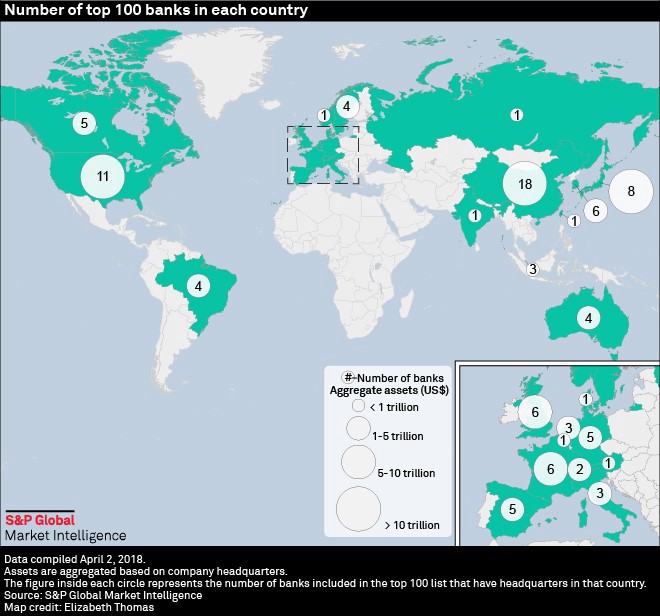
The world’s largest bank in the world today is the Industrial and Commercial bank of China Ltd (ICBC) with a total revenue of $123.6 billion. Out of the top ten largest banks in the world, four of them are Chinese state owned. These banks have given out loans in sectors ranging from infrastructure building to agriculture. These loans have very low interest rates, sometimes even lower than the foreign aid sanctioned by the IMF. These banks have been the vanguard of Xi Jinping’s pet project “Belt and Road Initiative” which is in essence, an infrastructure building blitzkrieg by the Chinese. Lower interest rates might seem attractive at the outset, but soon the debt starts to pile up. The Chinese then feign magnanimity and cancel the debt, but that cancellation comes with steep concessions which is to be made by the loan recipient. Those concessions are heavy and involve loss of sovereignty to China.
The constant requests and urges to boycott Chinese goods is downright laughable. China isn’t just a manufacturing hub of the world but is also the centre of the global supply chain. Capital investment, raw material, technology and skilled manpower, it has all. Even Indian companies are neck deep in debt of Chinese banks. Reliance ADA has $717 million loans to repay to not just one but three Chinese banks. The ICBC has more than doubled its profits in India in a matter of merely two years. The loans that ICBC sanctions comes with a rider: you can only buy Chinese goods with it. Suffering companies and new start ups often take the bait, as they need cheap capital to stay afloat.
On the other hand, Indian banking system has been struggling and looks beyond repair. The non performing assets (NPA) already make up 9 percent of the total GDP. Several banks have been merged with larger banks to ensure better performance. United Bank of India and Oriental Bank of Commerce has been merged with Punjab National Bank. Indian banking system does not have the capacity to keep with the burgeoning Chinese and unless urgent reforms are taken, we might have serious crisis on our hands.
What can we do in such a situation? The Japanese have a well functioning banking system and as democracies faced with an imperialistic China, a partnership is only natural. Japan is already the largest provider of foreign aid to India. Back in 2012 itself, Japan gave $747 million as aid to India, mostly for infrastructure projects. Japanese banks can be provided incentives, such as granting a lower minimum capital requirement. Owing to common military goals of Indian and Japanese forces, Japanese banks can help set up an Indian military industrial complex by investing in the defence sector. Over a period of time, we can slowly replace Chinese capital and goods from India, reducing their overall influence.
One thing is for sure, this event marks the end of Sino-Indian relations as we knew it. There can be no going back to the status quo after the recent provocations. But to defeat an enemy that is militarily and economically superior to us, requires a cool head and a coherent strategy. The age of total war is over, modern conflict requires a multifaceted understanding of the situation. Chinese belligerence must be reciprocated in kind, but only while keeping in mind our strategic interests.
Cover Picture: FLIA
Map of Galwan valley from twitter handle @kesariDhwaj
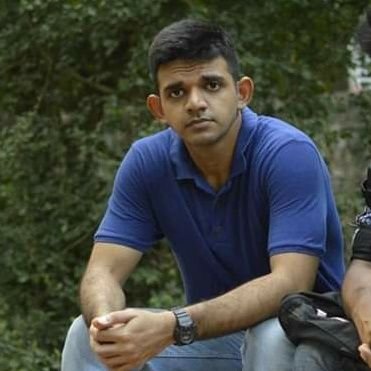 Piyush Banerjee is a MA in Political Science and currently works as a Content Developer for an online education portal. He’s an aspiring political scientist and hopes to get a PhD in Security Studies.
Piyush Banerjee is a MA in Political Science and currently works as a Content Developer for an online education portal. He’s an aspiring political scientist and hopes to get a PhD in Security Studies.
